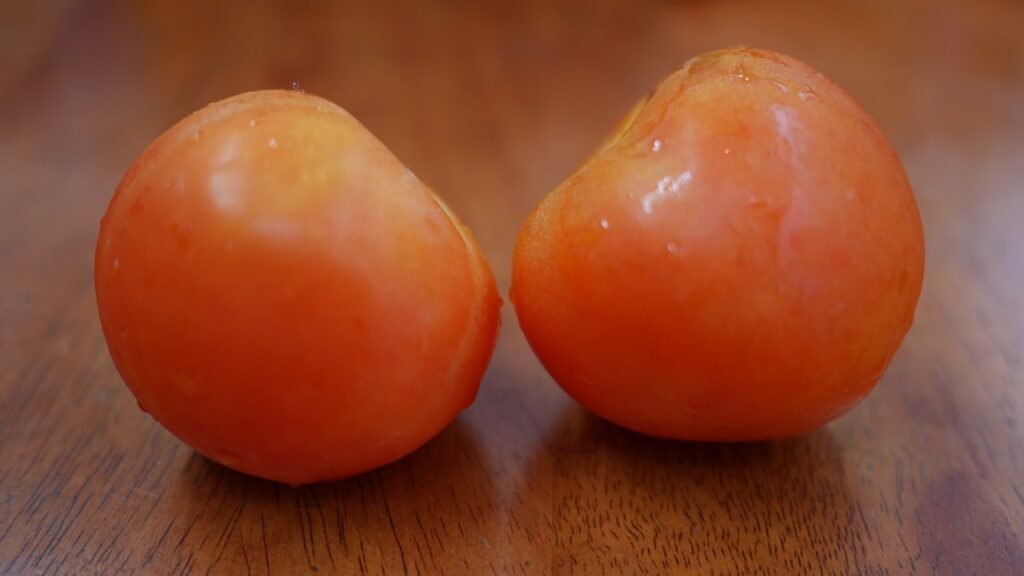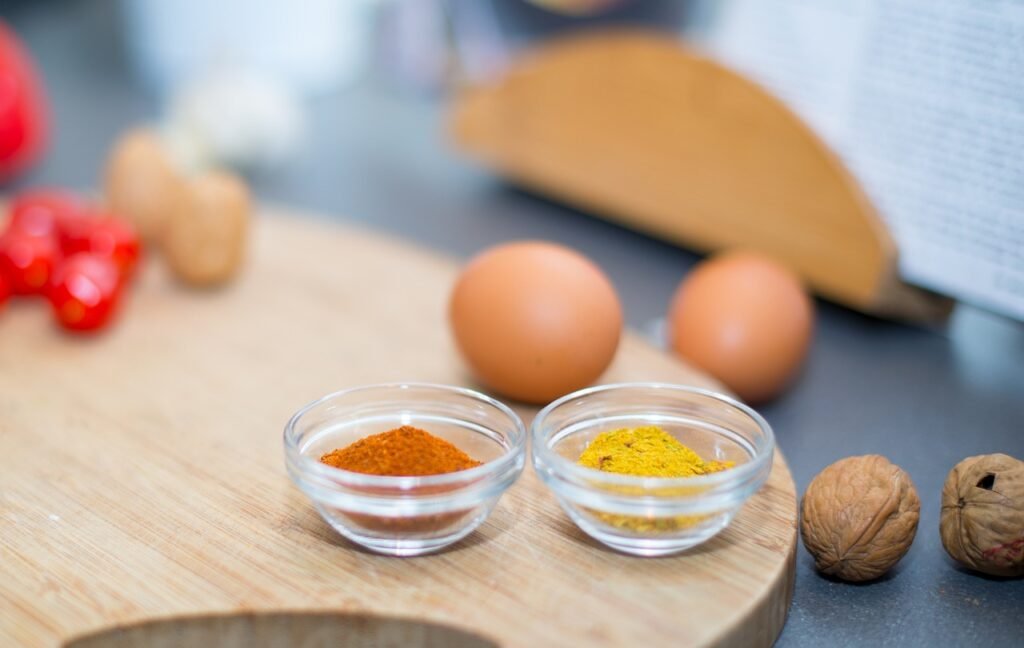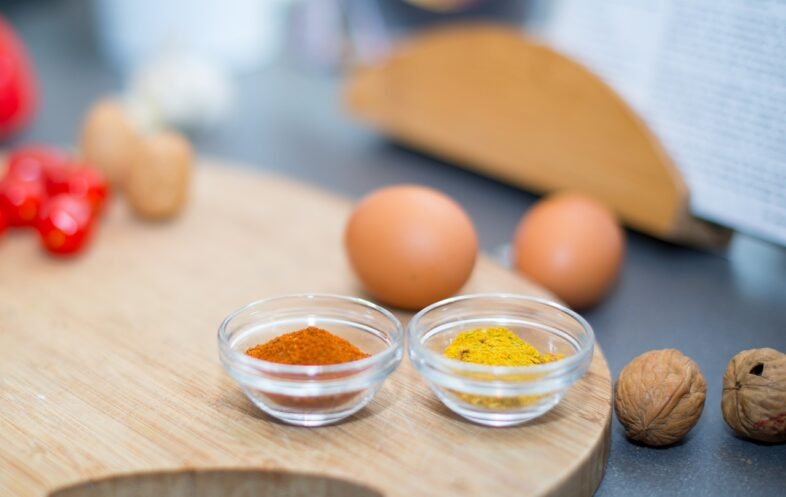Have you ever found yourself staring into your fridge, wondering how best to store the leftovers from last night’s dinner? Food storage containers might seem like a mundane topic, yet their importance in kitchen organization and food safety is paramount. Let’s take a journey through the multifaceted world of food storage containers, peeling back the layers to reveal their significance, different types, pros and cons, and tips on how to use them most effectively.

This image is property of pixabay.com.
The Importance of Food Storage Containers
Food storage containers are essentially the unsung heroes of the culinary world. Not only do they help in preserving the freshness and quality of food, but they also play a crucial role in maintaining kitchen hygiene and preventing cross-contamination. With thoughtfully chosen containers, you minimize waste, save money, and ensure that your meals remain appetizing and nutritious longer.
Whether you are storing prepped vegetables, leftovers, or homemade snacks, the right container makes all the difference. A well-organized kitchen is a hallmark of efficient household management, and food storage containers are your allies in this endeavor.
Types of Food Storage Containers
There’s a broad spectrum of food storage containers available, each catering to different needs and preferences. Here’s a closer look at some of the most common types:
| Type | Material | Key Features | Best For |
|---|---|---|---|
| Plastic Containers | BPA-free plastic | Lightweight, durable | Everyday meals, packed lunches |
| Glass Containers | Tempered glass | Microwave and oven safe | Batch cooking, meal prep |
| Stainless Steel Containers | Stainless steel | Non-toxic, long-lasting | Dry goods, snacks |
| Silicone Containers | Silicone | Flexible, space-saving | Freezing, sous-vide cooking |
| Vacuum Sealed Bags | Plastic | Extended freshness | Bulk items, meal freezing |
Plastic Containers
Plastic containers are ubiquitous in modern kitchens. Made from various types of plastics, they offer the advantage of being lightweight and generally unbreakable. However, you’ll want to ensure that your plastic containers are BPA-free to avoid any health risks associated with bisphenol A, a chemical previously used in plastic production.
While they conveniently store a variety of foods, plastic containers can retain odors and may stain when used for storing acidic or oily foods.
Glass Containers
Glass containers have surged in popularity, thanks to their versatility and the fact that they’re often free from harmful chemicals. They can transition from the refrigerator to the microwave or even the oven without any trouble. While heavier and more breakable than plastic, they don’t retain smells or stains, making them easier to clean.
Glass containers tend to be a bit pricier, but they’re long-lasting and environmentally friendly, given that they can be recycled indefinitely unlike certain plastics.
Stainless Steel Containers
Stainless steel food storage containers are as robust as they come. Resistant to rust, they’re excellent for storing both dry goods and ready-to-eat meals. Stainless steel doesn’t impart any flavors, making it a great option for diverse foods.
However, they can’t be used in microwaves, which might limit their utility for some. Still, their durability often makes the investment worthwhile.
Silicone Containers
For those short on kitchen storage space, silicone containers offer a flexible and versatile solution. They are foldable, making them ideal for small drawers. They’re also microwave and oven safe, perfect for a variety of cooking methods like freezing and sous-vide.
Despite the advantages, some people find them challenging to clean, particularly if the silicone retains oils or residue.
Vacuum Sealed Bags
If maximizing the freshness of your food is your top priority, vacuum-sealed bags can be your go-to choice. By removing air, these bags significantly halt the growth of mold and bacteria, extending the life of your perishable items.
However, these bags are usually single-use, contributing to environmental waste. Plus, they require a vacuum-sealing machine which could be an added expense.
Choosing the Right Food Storage Container
Selecting the right container for your needs involves more than just picking what’s on sale or what fits in your cupboard. It requires considering factors like the type of food you’re storing, the storage duration, and the conditions under which the food will be kept (frozen, refrigerated, or at room temperature).
Below are key considerations for selecting the perfect container:
Material Matters
Different materials have unique advantages and disadvantages, as previously noted. Your choice of material should align with your storage and health priorities. For instance, glass is ideal for reheating food directly in the microwave, while stainless steel is excellent for perishable snacks.
Size and Shape
Consider the amount of food you typically store. If you often have large quantities of leftovers or meal prep in bulk, bigger containers are advisable. On the other hand, small, individual-sized containers are perfect for packed lunches or snacks.
The shape is equally essential. Round containers are great for liquids and sauces, while rectangular ones make stacking and organizing easier.
Seal and Leak Proof
A good seal is non-negotiable if you don’t want your food to spoil quickly. Look for containers with air-tight lids that snap securely in place. Leak-proof seals are crucial for storing liquids or foods with significant moisture content.
Ease of Cleaning
Containers that are dishwasher safe simplify maintenance. Also, materials like glass and stainless steel resist staining and odor retention, making them easier to keep clean over time.
Longevity and Durability
Consider the long-term benefits when investing in food storage containers. While glass and stainless steel might involve higher upfront costs, their durability can offer better value over years of use compared to cheaper plastic containers that may need frequent replacement.
Proper Use of Food Storage Containers
Even the best containers can fail if not used properly. Here are some tips on how to get the most out of your food storage containers:
Prepping Food
Before placing food in containers, allow it to cool to room temperature. Placing hot food in a sealed container can lead to bacterial growth due to condensation. Divide large portions into smaller containers for quicker cooling.
Label and Date
Always label the content and date of storage. It helps you keep track of how long foods have been stored, reducing the risk of eating spoiled or stale items.
Organization in Storage
Arrange your containers in the fridge, freezer, or pantry in a way that promotes visibility and easy access. Stackable containers can make the best use of space, ensuring that food at the back doesn’t get neglected and spoil.
Eco-friendly and Sustainable Choices in Food Storage
In an age where sustainability is more critical than ever, it’s important to consider eco-friendly options. Here are some tips for making more sustainable choices:
Reusable Containers
Opt for containers made from durable materials like glass, stainless steel, or silicone over single-use plastics. Even though these options might be more expensive initially, they pay off in the long run and significantly reduce your waste footprint.
Beeswax Wraps
Instead of plastic wrap, consider using beeswax wraps. They’re reusable, moldable, and more environmentally friendly. With proper care, they can last up to a year.
Reduce Food Waste
Using appropriate storage methods can drastically cut down on food waste. For instance, vacuum sealing and proper labeling come into play here, ensuring you use foods before they go bad.
Recycling
Finally, if you do use disposable plastic bags or containers, always recycle them if possible. Many communities offer recycling programs that accept a wide range of plastics.
Common Mistakes and How to Avoid Them
In the quest for a well-organized kitchen, there are several common pitfalls when using food storage containers. Here’s how to avoid them:
Overfilling the Container
It’s crucial to leave some space in your containers, especially if you’re freezing liquids. Overfilling can cause the container to burst or not seal properly, leading to spills and freezer burn.
Ignoring Expiry Dates
While containers can preserve food freshness, they aren’t magical. Pay attention to how long you’ve stored food and be wary of spoilage signs.
Mixing Types of Food
Different foods can affect each other’s freshness when stored together. Strong-smelling foods like garlic or onions should be stored separately to avoid odor transfer.
Skipping the Clean
It’s tempting to simply rinse and reuse containers, but thorough cleaning is critical, especially for containers that have held raw meats or dairy. Use appropriate cleaning agents and ensure they are thoroughly dried before storing new food items.
Innovative and Modern Options
The food storage industry has evolved, bringing innovative options to the forefront. Here’s a glance at some modern choices:
Smart Containers
Technology has entered the realm of food storage with smart containers. These containers can sync with your smartphone, allowing you to monitor the freshness of your food and receive reminders about expiry dates.
Stackable Modular Designs
Space-saving designs are gaining popularity. Modular containers, which can be neatly stacked, make organization simpler and more efficient, particularly in small kitchens.
Custom Labels and Lid Colors
Lids and labels in different colors can help you categorize food based on type or storage duration. This simple method aids in quicker identification and minimizes the time spent searching for what you need.

This image is property of pixabay.com.
Conclusion
Food storage containers might be mundane household items, but their role in maintaining food safety, reducing waste, and keeping your kitchen organized is indispensable. With the myriad of options available—from plastic to glass, stainless steel to silicone—you can find containers that suit your specific needs and lifestyle. By choosing wisely and using them correctly, you can revel in the benefits of prolonged food freshness, improved kitchen hygiene, and perhaps even a bit of culinary peace of mind.
Your kitchen—the heart of your home—deserves thoughtful attention to all its components, including those that hold your beloved meals. Happy storing!


